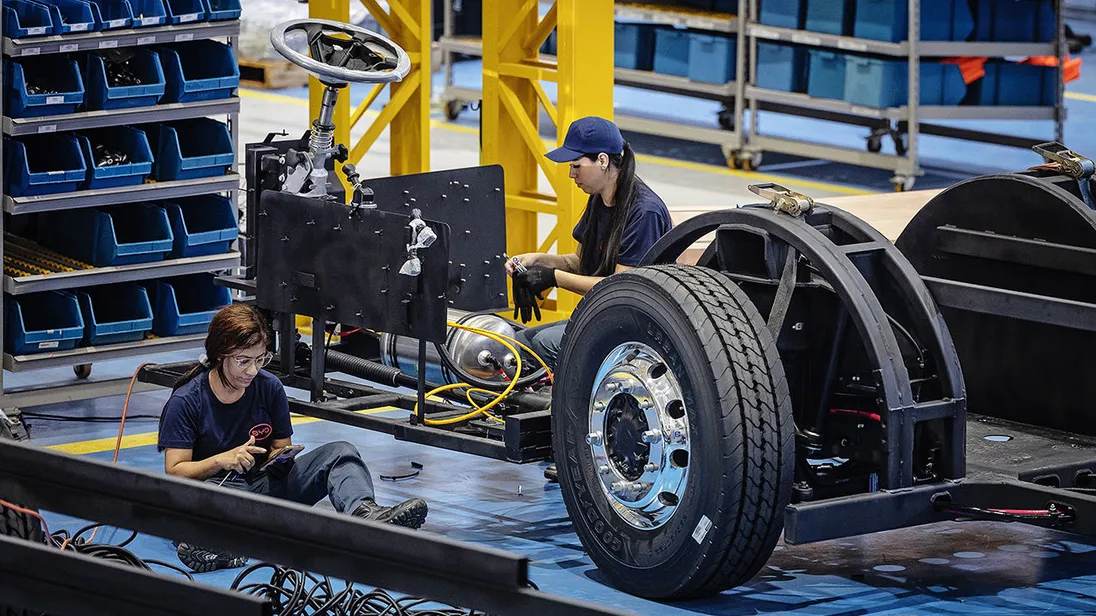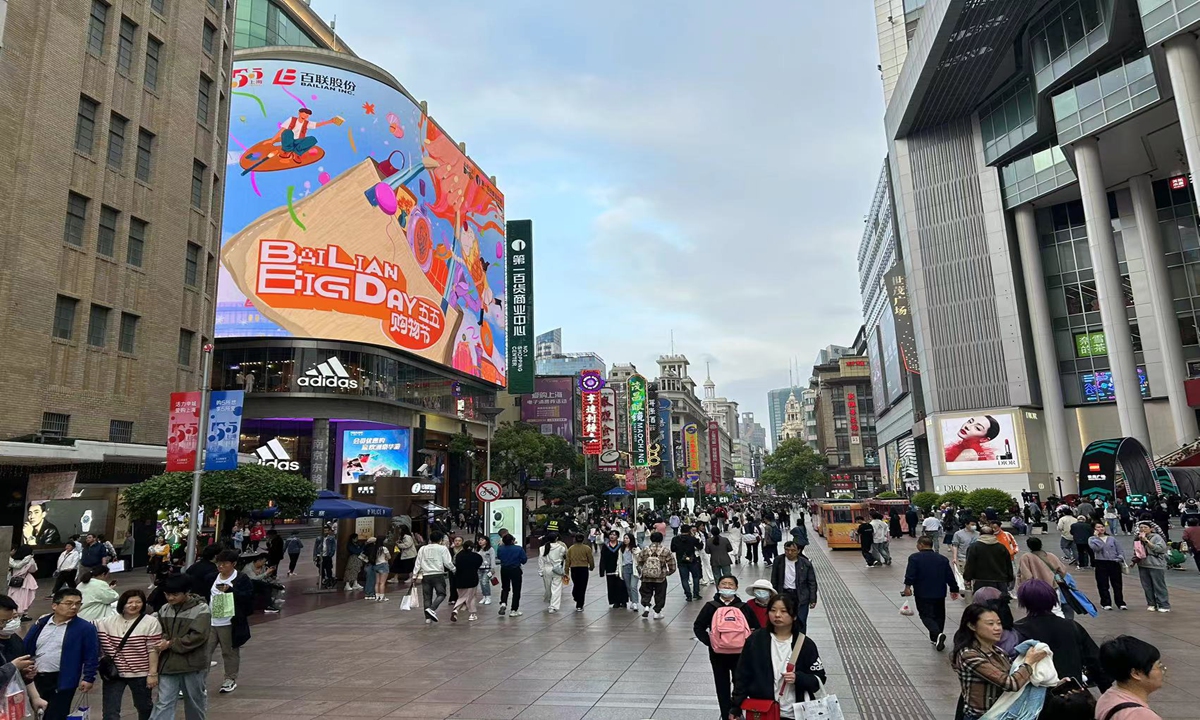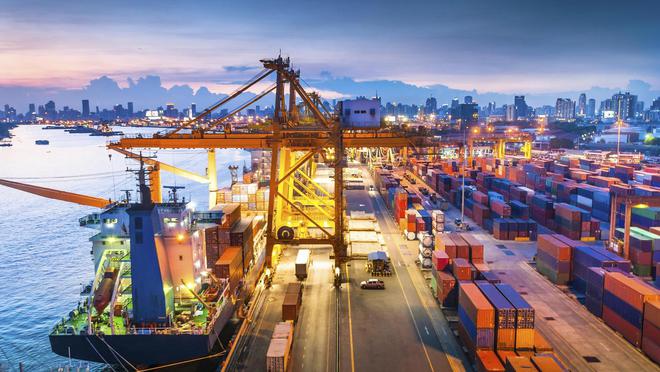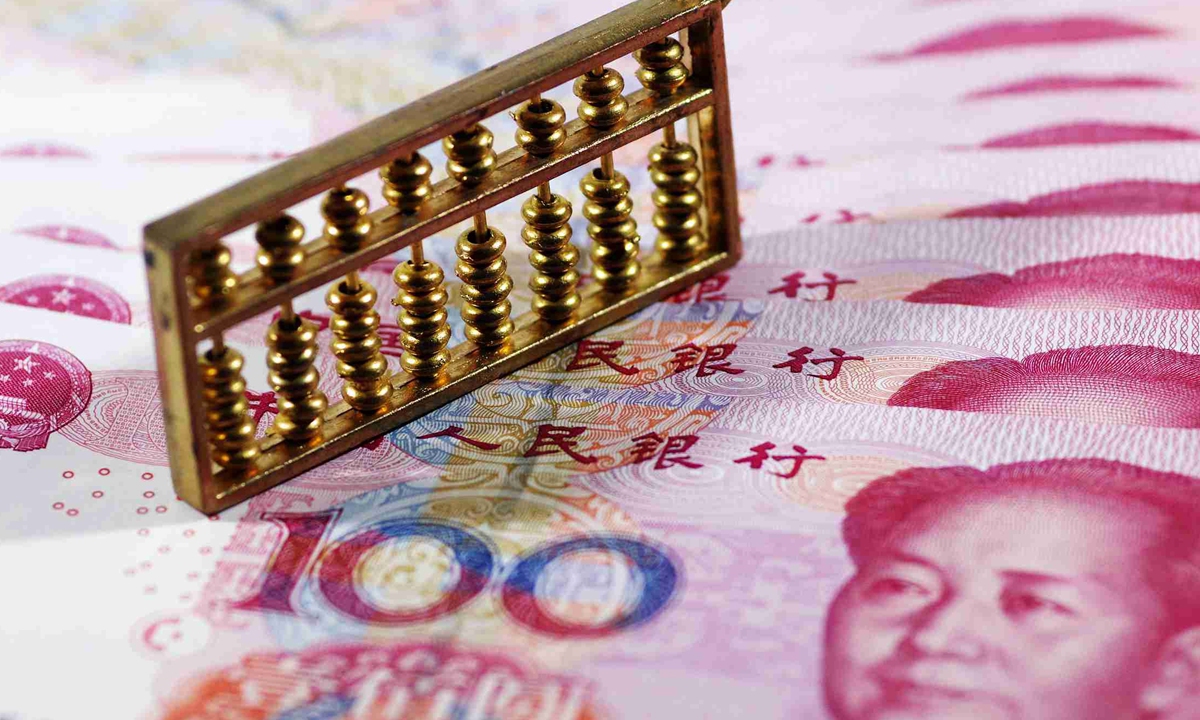
From the snazzy seats of the E14 bus in Montevideo, Uruguay’s capital, it is hard to tell that the smooth electric machine is Chinese. Only an eagle-eyed commuter would spot the tiny window sticker bearing the name of BYD, a Chinese manufacturer. Enquiries as to passengers’ concerns about the bus’s Chinese origins elicit bafflement. They are a vast improvement on the deafening gas-guzzlers they replaced. The operator has just ordered 200 more. Thousands of similar buses glide through other Latin cities.
Tensions are rising because the stakes are high. The fast adoption of green technologies such as electric vehicles (EVs), solar panels and batteries is a vital pillar of efforts to halt climate change. These technologies are also an economic smash hit. In 2022 announced foreign direct investment in renewable energy globally totalled over $350bn, dramatically more than annual investments in any other sector not only that year but in decades.
Latin America plays an outsize role in this. A world-leading 60% of electricity in the region comes from renewable sources. It boasts a wealth of the critical minerals needed to make green technologies, and is rich enough to be a serious market for them. China so dominates global production of solar panels, batteries and wind turbines that leaders in the United States fear they are losing the green-technology race, both globally and in their backyard.
China is focused on what it calls "new three": EVs, lithium-ion batteries and solar panels. In 2021 its exports of these products to Latin America already totalled $5bn. They have since almost doubled . Brazil dominates overall, but exports to the wider region are growing even faster. "China's importance to our market is immense,"says Rodrigo Sauaia of the Brazilian Association of Photovoltaic Energy, an industry body.
Some 99% of the solar panels imported to Latin America last year were made in China. That is even more than would be suggested by China's dominant position in solar, where it has 80% of global manufacturing capacity; in wind, that figure is more than 60%. There are more Chinese buses on the streets of Santiago, the capital of Chile, than in any other city outside China. Last year about 70% of EVs imported to Latin America were Chinese. And over 90% of the lithium-ion batteries imported to South America were, too.
Many in Latin America see this as good news. Chinese solar panels and EVs are cheap and effective. Any jumpiness about surging imports is balanced by hopes that Chinese investment will lead to more green gear being manufactured locally, boosting jobs and growth. When in China last year, Gabriel Boric, Chile's president, announced that Tsingshan, a Chinese metals-processing firm, would invest $233m in a Chilean plant to produce lithium iron phosphate, a compound used to make cheaper batteries."The most important thing is we will be creating value chains and transferring knowledge."
当看到乌拉圭首都蒙得维的亚e14公交车的时髦座椅时,人们很难看出,这辆平稳行驶的电动公交车是中国品牌,眼尖的通勤者可能会发现在车窗上,贴着中国制造商比亚迪的小窗贴。被问及对于中国进口的公交车的担忧时,乘客们很困惑为何要担忧,因为与被取代的震耳欲聋的“油老虎”相比,这些新车带来了巨大改进,当地运营商刚又预订了200多辆。数以千计的类似巴士正畅行在其他拉美国家首都。
电动汽车(EV)、太阳能电池板和电池等绿色技术的采用是遏制气候变化的重要支柱。这些技术在经济上也取得了重大成就。2022年,全球可再生能源外国直接投资总额超过3500亿美元,远远超过当年乃至几十年来任何其他行业的年度投资。
拉美60%的电力来自可再生能源。当地拥有制造绿色技术所需的丰富关键矿物,还能成为重要市场。中国在光伏板、电池和风力涡轮机的全球生产中占据主导地位。美国担心正输掉这场在全球及其后院展开的绿色技术竞赛。
中国专注于发展“新三样”:电动汽车、锂电池和光伏产品。美国大西洋理事会汇编的数据显示,2021年中国对拉美出口的此类产品总额达50亿美元,到2023年几乎翻番。巴西光伏协会负责人索阿亚说:“中国对我们的市场极其重要。”
去年,拉美进口的光伏板中约99%为中国制造。在智利首都圣地亚哥,街上行驶的中国公交车数量超过中国以外的任何其他城市;进口的电动汽车中约70%来自中国;南美进口的90%以上锂电池为中国智造。中国对拉美地区的绿色技术直接投资正激增。
许多拉美民众认为这些是好消息,因为中国的光伏板和电动汽车物美价廉。该地区政界人士希望中国投资为当地带来更多绿色产业,促进就业和增长。智利总统去年访华期间宣布,一家中企将在智利投资建设锂电池厂,“最重要的是,我们将创建价值链并转移技术知识。”













